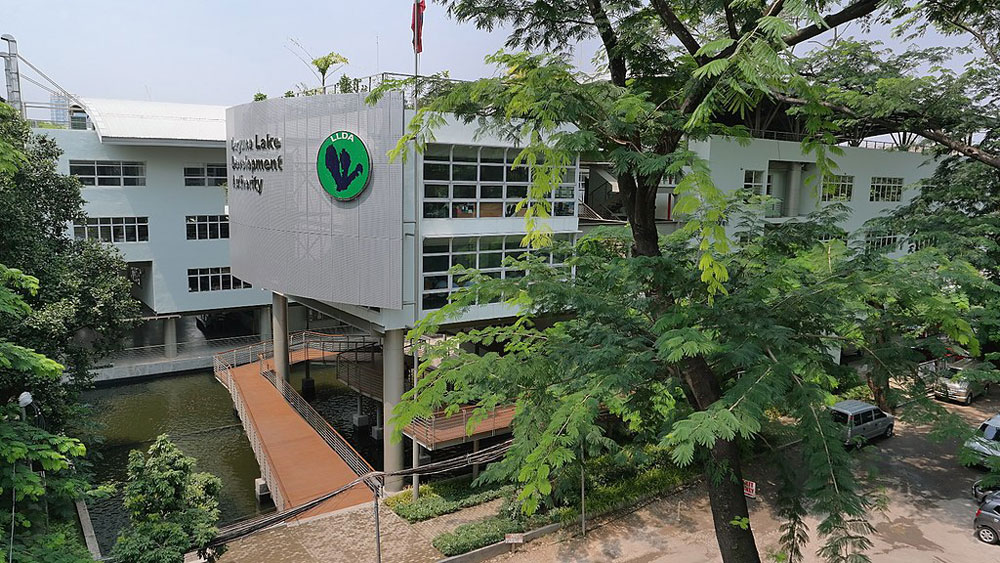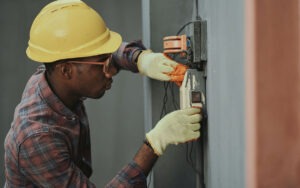
October 9, 2020; Guardian
A Pew Research Center report based on a survey this summer conducted across 14 nations found 70 percent of people agreed that climate change was the foremost threat to their country, with the COVID-19 pandemic coming a close second. Concerned homeowners recycle glass and plastic, use cold water in the washing machine, put solar panels on the roof if they can afford it, and calculate their carbon footprint. But what about the house’s design itself?
Earlier this month, the International Code Council (ICC) convened to discuss updating the baseline codes used for new construction in most cities and states in the US. (Although the “international” council has chapters in Canada and Australia, the majority of its chapters are in the United States.) There were about 24 new proposals, and some of them were efforts to make houses more environmentally friendly—for example, boosting power in garages to facilitate charging cars and adding new electric outlets near gas stoves. Much of this change comes from work done last year by climate advocates.
However, that work has seen a lot of pushback from trade groups representing the gas and building development industries. The gas industry groups, the American Gas Association and the American Public Gas Association, contend that customers want to keep natural gas because it is reliable and inexpensive, even though the code proposals are only making additions to allow for electric options in the future, not turning away from gas now. They are appealing the efficiency measures the ICC has approved, citing increased costs of construction to institute measures they see as unnecessary at this time. (It should be noted that energy used to construct, heat, and power buildings currently creates a third of the greenhouse gas emissions in the US.) They also object to the vote itself, which was held online because of the pandemic; they assert that an in-person vote would have gone the other way.
A spokesperson for the ICC, Madison Neal, says the procedure is “open, transparent, and responsive.” Anyone can propose changes to the code, but the final vote is held by governmental representatives “who have no financial or business interest in the outcome.” Craig Drumheller, who is the assistant vice-president of construction codes and standards for the National Association of Homebuilders, disagrees, saying there were “holes in the process that got taken advantage of, and those holes need to be plugged.”
During one of the ICC hearings, a developer trade group, the Leading Builders Association, argued that governmental members were “recruited by special interests for the sole purpose of advancing their agenda.” However, Lauren Urbanek, a senior energy policy advocate with the Natural Resources Defense Council, says that while the cities are the ones using the codes, it seems like the ICC board of directors more often sides with builders.
Sign up for our free newsletters
Subscribe to NPQ's newsletters to have our top stories delivered directly to your inbox.
By signing up, you agree to our privacy policy and terms of use, and to receive messages from NPQ and our partners.
“The developers…clearly wanted our point of view to be dismissed,” said Stacey Miller, sustainability program coordinator for Minneapolis and a first-time voter on the ICC. “But in fact, I feel like we’re the strongest advocates for the public interest. That’s our job as government officials—unlike for-profit or trade organizations where there are other motivations.”
There has been apparent tension since last year when it came out that, as the New York Times reports, there was a covert written arrangement for years that ensured industry representatives would have four of 11 voting seats on two influential committees that approve nationwide building codes. The surreptitious agreement enabled the National Association of Home Builders to put off changes that would have made new houses in much of the country more energy-efficient or more resilient to floods, hurricanes and other disasters.
“There are few things that are more impactful than energy code,” Miller said. “So, we see this as critical, it’s why we took the time to participate in the process.”
Many members of municipal governments are concerned about climate change. Miller said there were government workers from cities like Boston, Seattle, San Diego, Orlando, and even Honolulu. The US Conference of Mayors, which claims 1,400 members representing cities of 30,000 and over, along with other city and state officials, has made commitments to green policies. In June, at the Mayors’ 88th annual meeting, a key focus of their Committee on the Environment was the jobs that could be created through the development of clean energy and advancing the green economy.
The nonprofits, trade groups, government officials, and environmental advocates will learn how much their input affected the ICC as the decisions likely become final before the end of October.—Marian Conway













